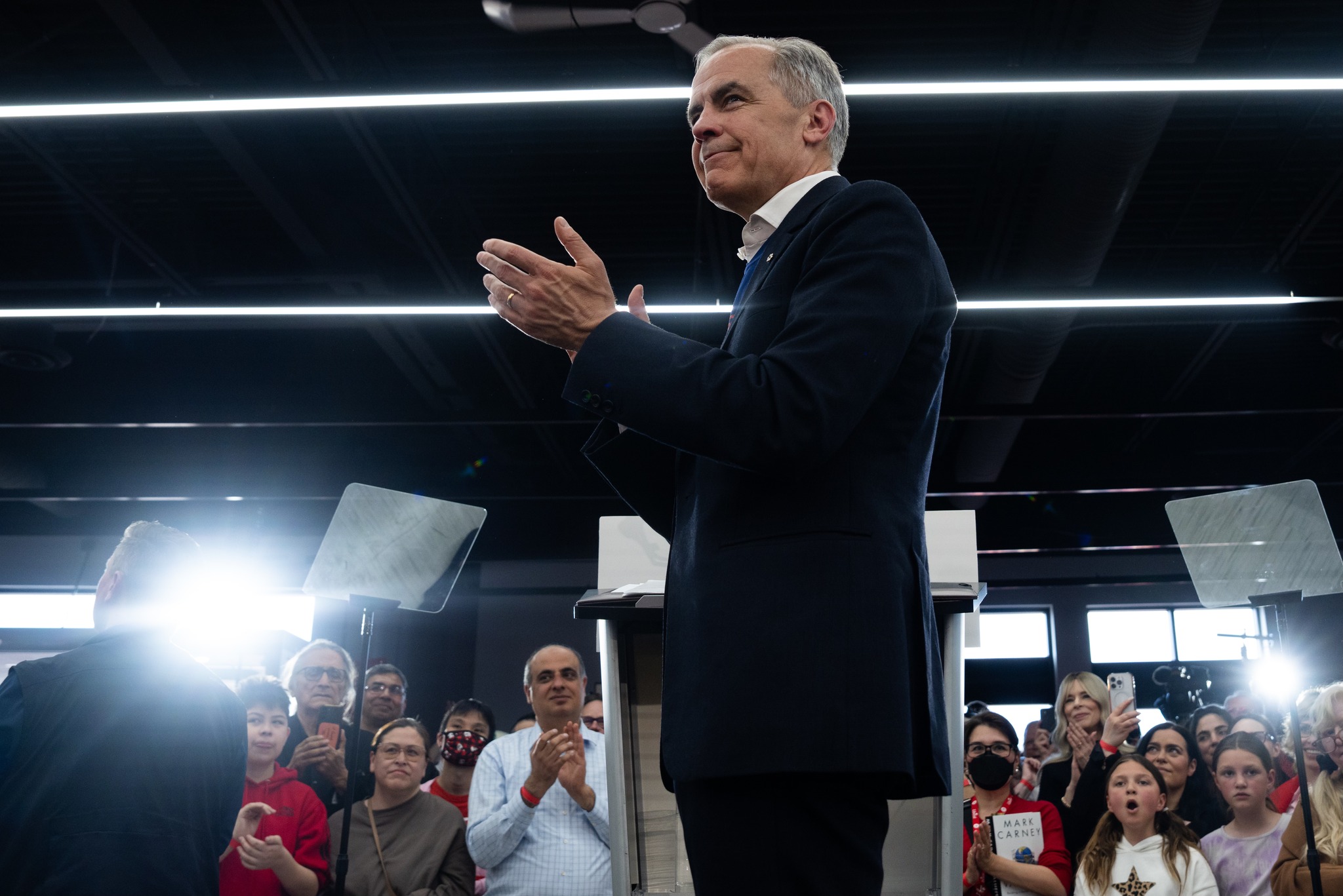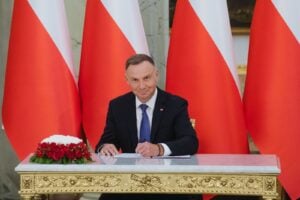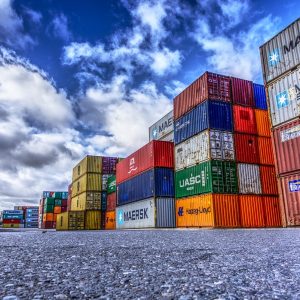The Liberals win the Canadian election. Plans to win the trade war with the US
29 April 09:06
According to the preliminary results of the federal elections in Canada, the Liberal Party led by Mark Carney is winning and will form a new government, although probably without an absolute majority in parliament. This was reported by "Komersant Ukrainian".
Election results
According to the national broadcaster CBC News, the Liberal Party wins in 156 constituencies, making it the largest political force in the House of Commons. However, this is not enough to form a majority, which requires at least 172 seats.
The main competitor of the Liberals, the Conservative Party, wins 147 seats.
The distribution of seats among other political forces is as follows:
- The Bloc Qu ébécois leads in 25 constituencies, limiting its activities exclusively to the province of Quebec
- The New Democratic Party (NDP) wins about 10 seats, which may not be enough to obtain the official status of a parliamentary party, which requires a minimum of 12 seats
- The Green Party is expected to win 2 seats.

Mark Carney: from banker to prime minister
Mark Carney, the former Governor of the Bank of England, took over as Prime Minister less than two months ago when Justin Trudeau resigned in March of this year. Despite his lack of previous political experience, Carney has managed to turn this to his advantage, especially against the backdrop of the trade war with the US.
Читайте нас у Telegram: головні новини коротко
Key campaign promises
During the campaign, Mark Carney focused on several important areas:
- Confronting the trade war with the US. “I know these are dark times. Dark times caused by a country we can no longer trust,” Carney said, referring to the United States.
- Economic policy. Carney’s top priority is to support the Canadian economy in the face of difficult international tensions.
- Environmental policy. Unlike his predecessor, Justin Trudeau, Carney chose a more moderate approach to environmental issues, canceling the carbon tax during his first weeks in office and promising to build new pipelines.
- Migration policy. Carney has promised to “secure Canada’s borders,” which partially responds to Trump’s concerns about fentanyl and migration across the Canadian border.
- Domestic political reforms. Promises include limiting the size of the federal government and liberalizing trade within Canada.
Government formation
According to preliminary data, the Liberal Party, not having an absolute majority, will be forced to form a so-called minority government. In such circumstances, the Liberal Party under the leadership of Mark Carney will most likely be forced to seek formal or informal support from other parties – most likely the NDP or the Bloc Québécois – to pass bills and avoid a vote of no confidence. This can be done through a formal coalition agreement or through ad hoc agreements to support specific initiatives.
Formation of a full-fledged coalition (with the distribution of ministerial positions) is also a possible option, but in the Canadian political tradition it is less common than ad hoc support agreements.
Challenges for the new government
Mark Carney and his Liberal Party now face numerous challenges, including
- Trade war with the United States.
- Economic instability.
- Energy and environmental policy.
- Inter-provincial relations, especially with Quebec.
Political observers point out that the success of the Carney government will largely depend on its ability to find compromises with other political forces and maintain a balance between the various interests of Canadian society in the face of international tensions.









